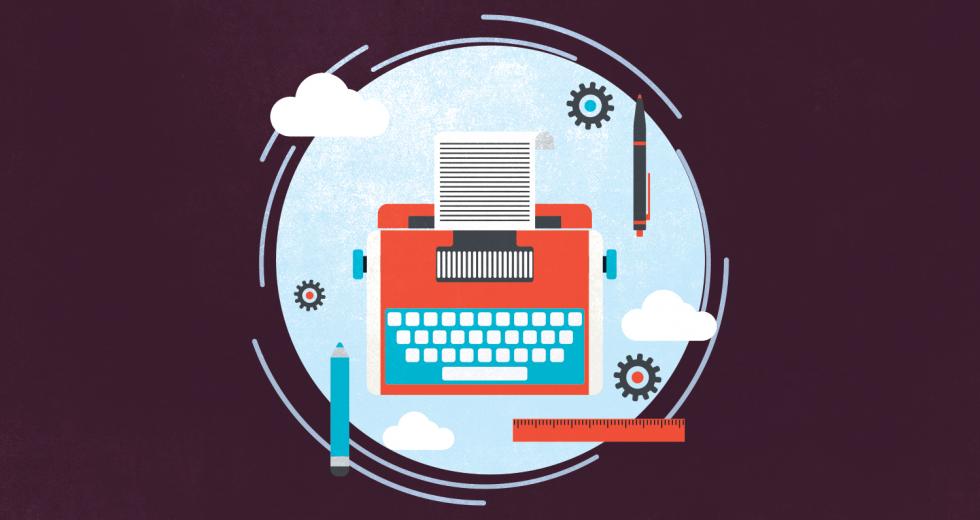It took four years to write my thriller, but only three months to see it morph from a 122,000-word computer file to a book available on Amazon and at local bookstores.
I had received enthusiastic responses on the book, Thread of Gold, from advance readers, but rejections from dozens of literary agents — the gateway to traditional publishing. So last February, I decided to “indie” publish the book. (“Indie” is the new buzz word for self-publishing.)
As it turned out, I was riding a wave of authors going the indie publishing route: Jane Friedman, a publishing guru who writes extensively on the industry, cites statistics that show nearly 20 percent of Amazon’s ebook sales are self-published books.
“If you dig into Amazon’s Kindle Unlimited program, where traditional publishers don’t participate, then self-published titles account for about 60 percent of KU reads and related borrows,” Friedman says, via an email. Kindle Unlimited is a subscription service for books, audiobooks and magazines available on the e-reader.
Of the overall $2.5 billion earned by all authors in the United States, Friedman says self-published authors earn about 20 percent of that payout, according to Publishers Marketplace, an informational website for publishing professionals.
Initially, I investigated signing on with a big print-on-demand service such as AuthorHouse or Xlibris to handle cover design, tech issues, printing and promotion. I was turned off, however, by pushy sales tactics (one firm called at 8 a.m. on Saturday morning) and pressure to buy expensive packages ranging into the thousands of dollars.
So I decided to be my own publishing service. Learning the structure of indie publishing took time and research, however. I received invaluable help from Friedman’s blog.
Following her suggestions, I chose two avenues for getting my book into print. One was via CreateSpace, the POD arm of Amazon, which sells about 60 percent of all print and ebooks. The other was IngramSpark, which prints on-demand and distributes to retailers, including libraries, schools, Amazon, bookstores, internet commerce companies and more.*
I began by hiring a professional editor to get the text into the best possible shape. I had heard this woman speak at a writers conference and hired her after having her edit one of my short stories. Her $1,800 fee was my biggest expense but worth every nickel. She found dozens of inconsistencies, ferreted out rough spots, cleaned up syntax and even spotted places where I’d used different names for the same character.
Once I had the manuscript in shape, I hired a cover artist and a text designer referred to me by a friend, Jennifer Sander of Sacramento, author of The Complete Idiot’s Guide to Getting Published. I wanted to avoid the cookie-cutter look of some indie-published books that end up in the bookstore’s dollar pile.
The artist created a richly-hued and slightly mysterious image for the cover appropriate for a thriller. Her work cost $300, which included two print covers with slightly different technical dimensions for CreateSpace and IngramSpark, and an ebook cover for the Kindle edition.
The text designer’s font selection and chapter headings were professional and understated. Her $250 fee included uploading the text to CreateSpace and IngramSpark, and spending portions of several days wrestling with technical issues on Kindle Direct Publishing.
Authors pay nothing to upload their book onto CreateSpace or post it for sale on Amazon. There is also no fee to upload to Kindle. However, for a CreateSpace option that includes a review and editing of the text for, if necessary, formatting issues before uploading the book, I paid $79.**
When I finally had the three proof copies from CreateSpace in my hands, I could hardly believe these were my words between matte covers, on ivory pages. My husband took me out to dinner to celebrate. Next morning, I came down to earth: The text was peppered with typos. An eagle-eyed friend and I did another complete scan. Even then, readers have pointed out two typos in the final version. Next time, I’ll hire a professional proofreader.
Technology has created a revolution that touches writers, from senior citizens printing a family history to literary authors who have titles published by major houses. It’s an exciting time to be an author.
*Editor’s note: This sentence has been updated for clarification.
**Correction: This paragraph has been updated to address an error related to a fee associated with uploading to Kindle. There is no fee. We regret the error.




Comments
While your designer may have charged you a fee for uploading, there is NO FEE for uploading to Kindle. That's absolutely wrong information.
No, there is no charge to upload your work to Kindle.
i've just completed my book The Benzo Devil..cover design etc but still a way to go with promotion etc...i paid a professional proofer to go over my manuscript and , despite my having read it many times she found a huge amount of minor errors, grammar etc...best NZ$800 i spent...we should be up on Amazon etc in October..
It may have been worth saving some of that $1800 editing fee for this article. $49 fee for uploading to Kindle, erm nope. You've possibly been charged that by a middle-man, but the actual upload is as free as it always has been. As an aside, I would always suggest that a proofreader is always worth spending money on, rather than a copy editor (if you are only using one or the other).
Also, if you were so keen on the traditional route to begin with, why not resubmit once the editor had done their work, as you say in the article that she did much to improve the copy.
IngramSpark does indeed distribute to Amazon so you might want to update your post. Thanks so much for using IngramSpark
Invaluable information. Thank you for sharing it. Seize the the day, self publish.
Thanks for giving such a information it help me for self publish of my own records.